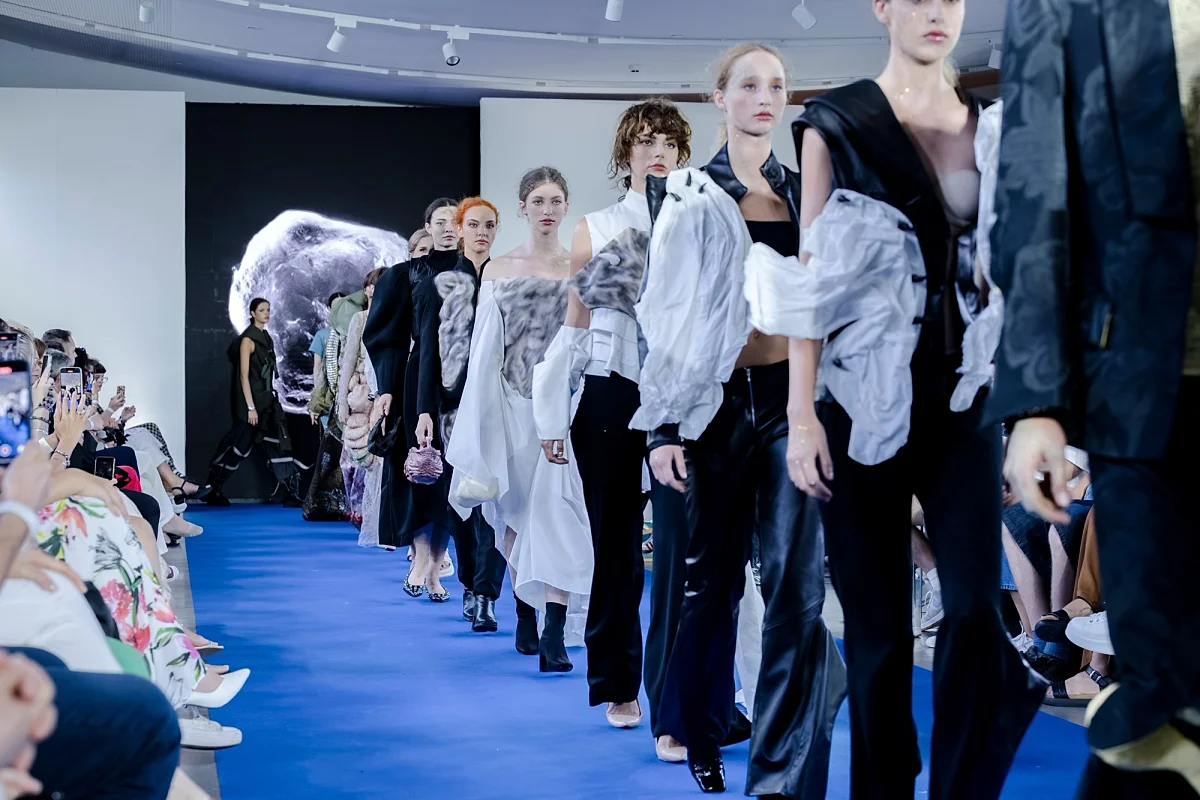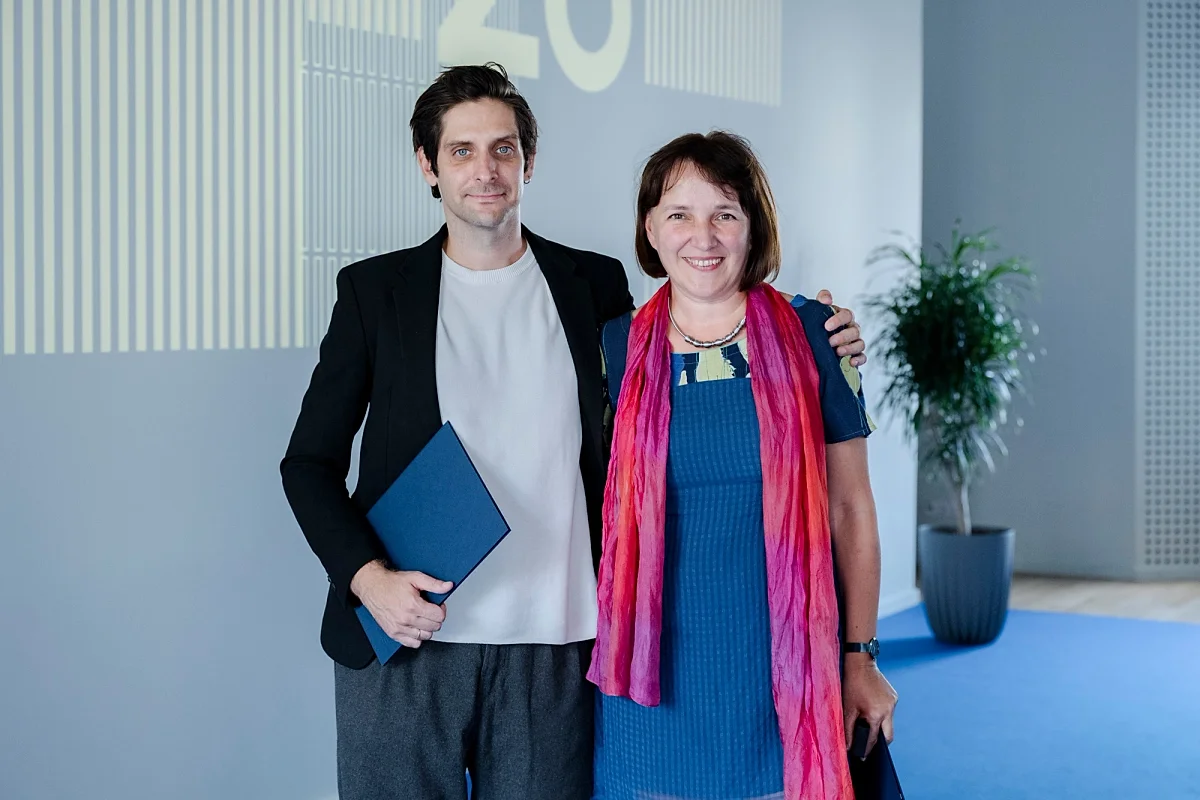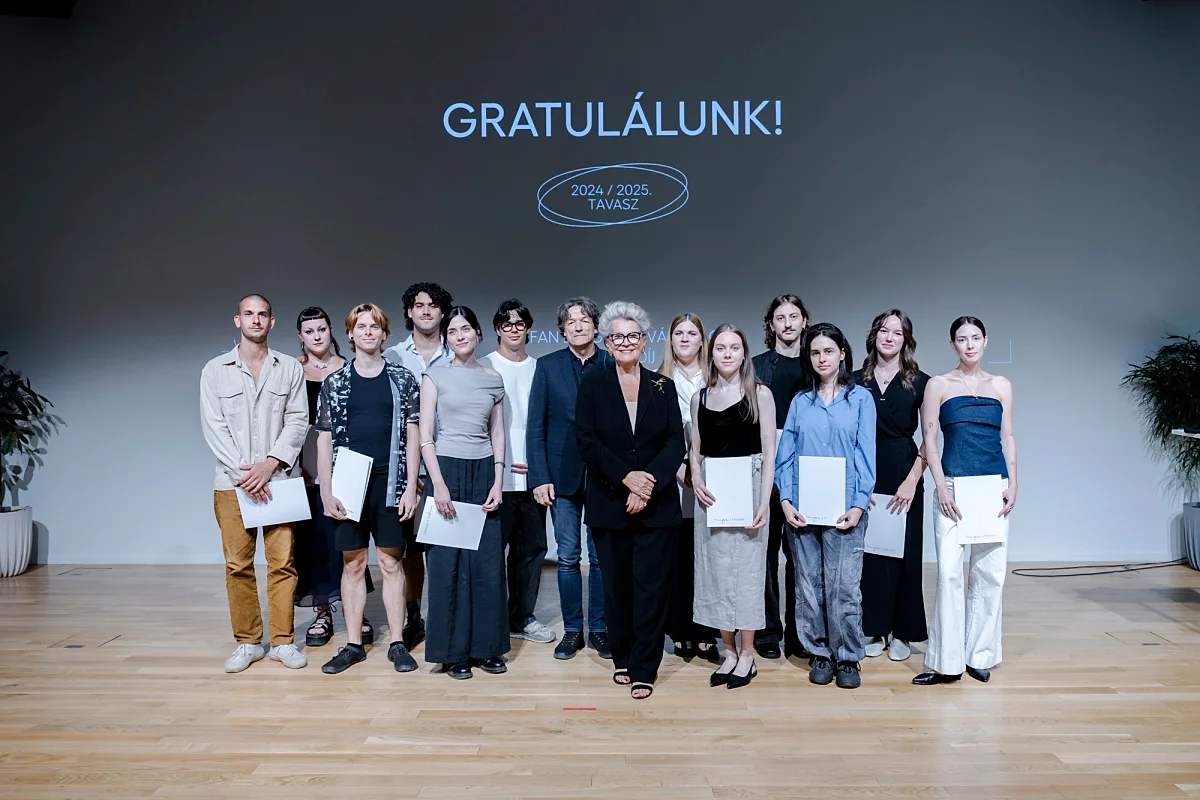
MOME Residency Programme launched in the Eternal City
Rome, the eternal city, has always been a magnet for artists from all corners of the globe. In the history of Hungarian art, the Falconieri Palace, home to the Hungarian Academy in Rome (Collegium Hungaricum Rome), played a pivotal role for prominent figures as Zoltán Kodály, Magda Szabó, Antal Szerb, and János Pilinszky, as well as the artists of the Roman School, including Vilmos Aba-Novák and Pál Molnár-C. Its influence is also evident in the works of contemporary art icons, such as István Nádler and Péter Ujházi.
MOME and the Collegium Hungaricum Rome aim to uphold this rich artistic tradition while infusing it with fresh perspectives, as the city’s enduring cultural legacy and dynamic contemporary art scene offer a uniquely inspiring environment for students.
“As one of the region’s leading design universities and creative industry hubs, MOME is a stronghold of innovation and creative energy. As Rector, I believe the university should be a platform for the latest intellectual adventures and experimentation, while also continuing to play a key role in shaping both national and international cultural life. It is no small challenge, but by creating a vibrant and inspiring environment for creative artists, grounded in solid values and support, we will succeed. Rather than an ivory tower, we are building a vital, outward-looking university that draws on 144 years of accumulated knowledge. At the same time, it is evolving into a dynamic intellectual hub, capable of attracting new ideas, methods, perspectives, and people, with collaboration, shared thinking, and creativity as core values – all under the vision of The University of the Future initiative. The partnership between the Collegium Hungaricum Rome and MOME, along with this newly established residency programme, is an exceptional example of this,” said Rector of MOME Pál Koós.
“This scholarship programme in collaboration with MOME opens a new dimension in the Academy’s scholarship offerings, and I am confident that it will have a profound impact on the artistic careers of the scholarship recipients. So far, we have worked with individual scholarship recipients, researchers, and artists. We have great expectations that the selected participants, in close collaboration with MOME’s designated artist-mentor and the Academy staff, will build a 21st-century creative hub, a worthy successor to the Roman School – one of the most influential artistic movements of the 20th century. While the vision may appear bold, I trust that MOME’s outstanding educators and international outlook will bring about the kind of results that will once again spotlight emerging Hungarian talent in Rome. It is the mission of the foreign cultural institutes under the professional direction of the Ministry of Culture and Innovation to represent the outstanding achievements of Hungarian culture and science, as well as to help gifted young individuals gain international recognition and strengthen our competitiveness in the arts”, explained Director of the Hungarian Academy in Rome Krisztina Lantos.
Each year, six students will be selected to participate in the programme through a competitive application process. Both graduating BA and MA students are eligible to apply, including those enrolled in English-language programmes, who may submit their applications in English. Under the guidance of a mentor, the selected students will embark on a six-month course to deepen their knowledge of their research topic, followed by a four-week residency in Rome, where they will further develop their artistic vision and perspectives through a series of specialised projects.
Building on the experiences and inspiration gained in Rome, students will continue developing their scholarship projects for an additional six months upon returning home. The final outcomes of their creative research will be showcased in exhibitions at both the Roman Academy and MOME.
“Director of the Hungarian Academy in Rome Krisztina Lantos and I believed it was crucial for our students to arrive in Rome well-prepared, with concrete research plans, and to engage with the city’s rich artistic heritage and vibrant contemporary creative scene through carefully curated thematic events and activities”, commented the Rector of MOME. He added: “For this reason, each year we will invite a mentor-teacher to set the annual theme, guide the students in their preparation, enhance their experience with tailored events, and support the successful realisation of their projects.”
The first mentor-teacher of the residency programme is media artist Miklós Erhardt, who has defined the initial theme as 'From Talking Statues to Street Art’. The theme explores public space in Rome as a medium, focusing on the relationship between street art and the city’s cultural heritage, while revealing some of the lesser-known facets of the eternal city.
Through the Rome Student Residency Programme, the two institutions aim to help MOME students launch their professional careers and achieve international visibility in the long term, while nurturing the legacy of past masters and fostering the emergence of a new, influential generation of artists.


